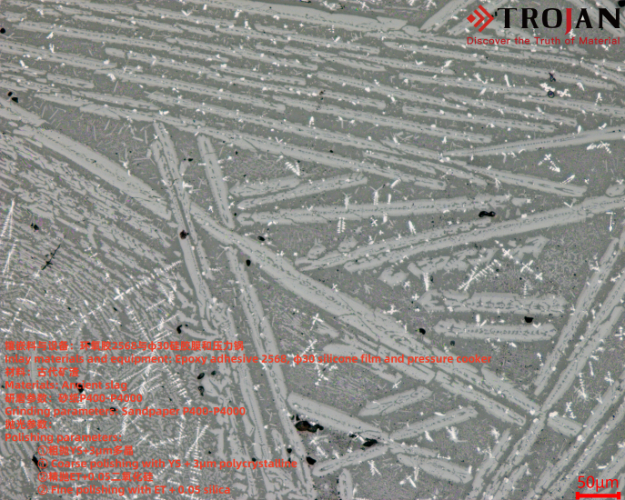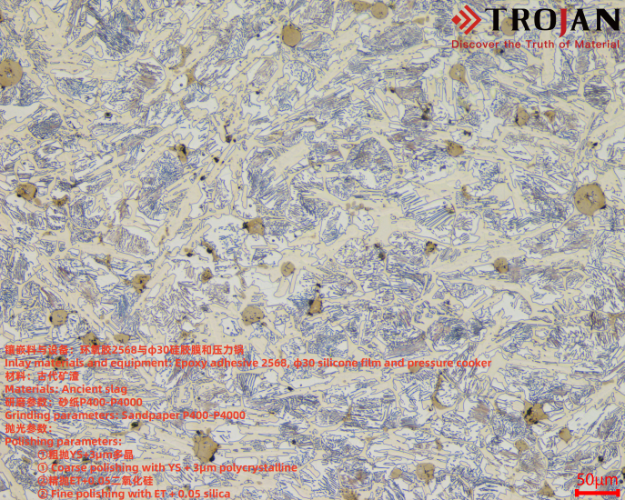Ancient slag holds multi-dimensional academic value and practical significance. Its importance can be analyzed from various fields such as archaeology, metallurgical technology history, environmental history, and economic history.
Slag is the direct product of metallurgical activities. Its chemical composition and physical structure (such as the mineral composition of slag, bubble distribution, and molten state) can directly reflect the ancient smelting techniques. By analyzing the content of metal oxides (such as iron, copper, lead, etc.) in the slag, one can infer the selection of ores, the control of smelting temperature, and the level of reduction technology at that time. Moreover, the characteristic differences of slag from different regions (such as the form of slag, element ratios) can reflect the trajectory of technological exchanges. For example, the arsenic-copper alloy composition found in ancient copper slag from Nierke County, Xinjiang, proves that metallurgical technology in Central Asia was introduced to the Central Plains through the Silk Road. The low-cost smelting experience contained in ancient slag can also provide inspiration for modern metallurgy. Ancient slag, as an early physical relic of industrial civilization, carries the historical memory of human transformation of nature.
The study of ancient slag is not only a trace of past technologies and society, but also a bridge connecting history and modernity. From the detailed restoration of technological history to the ecological reflection of environmental history, from empirical evidence for dating periods to modern industrial innovation borrowing, ancient slag, in its "waste" form, becomes an important key to interpreting the evolution of human civilization.
Here is an appreciation of the sample preparation parameters and microscopic effects of gold phase of archaeological slag samples:





 中文简体
中文简体 英语
英语 西班牙语
西班牙语 德语
德语



.png?imageView2/2/w/400/format/jpg/q/75)













